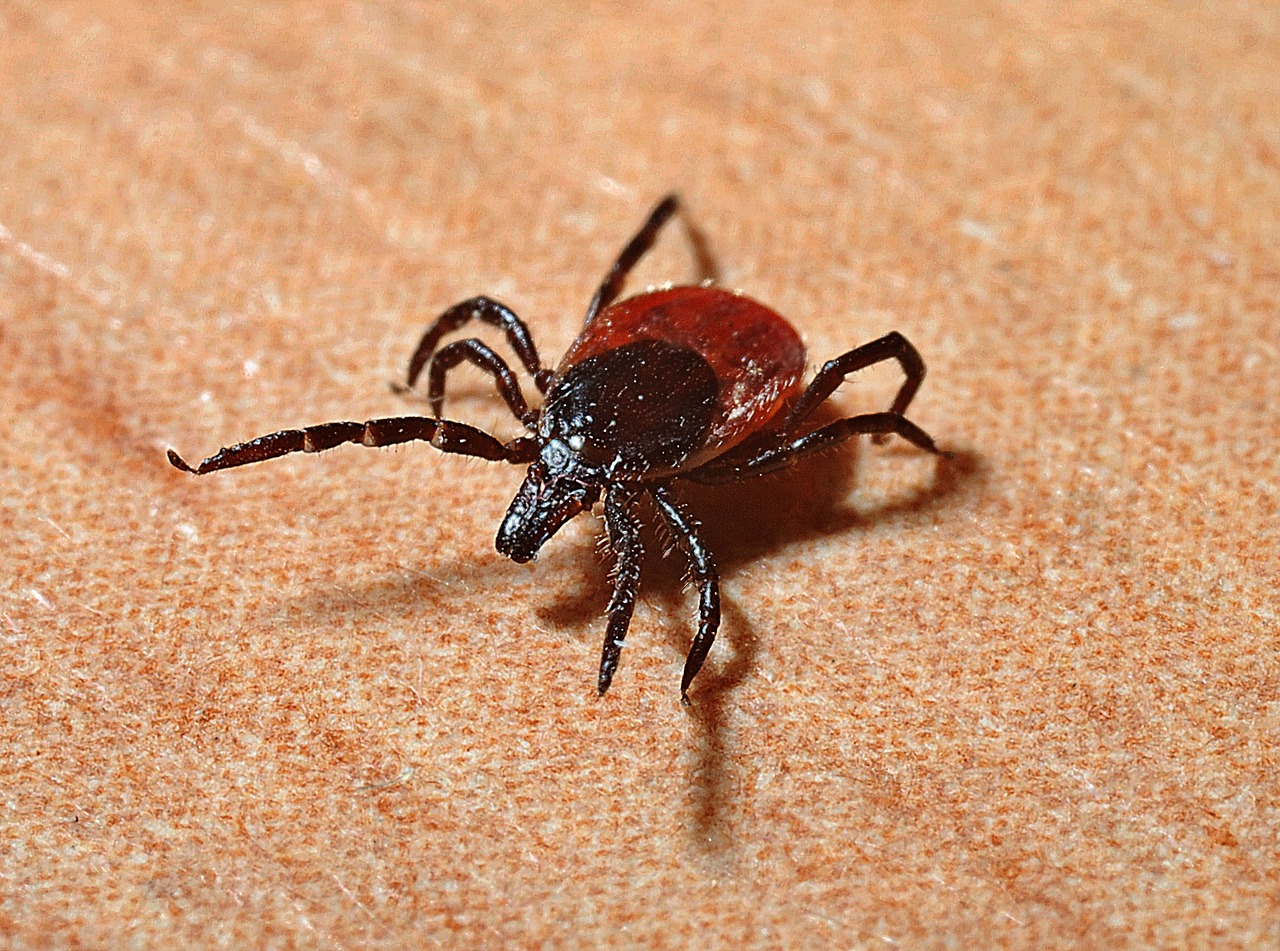Top 10 Most (Un)Wanted Pests
Share
[heading style=”1″ color=”#006666″ style_color=”#006666″]5. Valley Fever[/heading]
Aka: Coccidiomycosis, a fungal spore found in the Arizona dirt. Primary infection affects the lungs and can become disseminated form which spreads to bones, joints, brain and other organs.

Last seen: In the warm arid climates of the deserts of the Southwestern United States.
Danger: Can cause fever, listlessness, cough, weight loss, limping, abscess and seizures.
Treatment: A blood test is needed to confirm the disease. Long term treatment with anti-fungals and follow up blood tests are needed for Valley Fever in Pets.
Prevention: Reduce pets exposure to desert soil and dust from wind. Avoid busy construction sites.
[divider style=”5″ color=”#006666″ icon_color=”#006666″ icon_style=”3″ top=”yes”] [heading style=”1″ color=”#006666″ style_color=”#006666″]5. Heartworm[/heading]Aka: A serious, potentially fatal canine disease spread by mosquitoes. More prevalent near lakes, golf courses, swimming pools and irrigated land.

Transmitted: Mosquito bites infected dog then bites another. Infected larvae enters a dog’s bloodstream and develops into adult worms living in the heart.
Symptoms: Cough, listlessness, weight loss, reduced endurance.
Treatment: Expensive and harsh, requires painful injections, restricted activity and possible radiographs. Continued veterinary care for several months.
Prevention: Easy and safe; Annual blood tests that can be performed at your annual exam and monthly preventative medications. Please ask you Veterinarian for more information.
[divider style=”5″ color=”#006666″ icon_color=”#006666″ icon_style=”3″ top=”yes”] [heading style=”1″ color=”#006666″ style_color=”#006666″]7. Canine Tick Fever[/heading]
Aka: Erlichiosis caused by the brown dog tick.
Last seen: This particular tick is found everywhere in the United States.
Transmitted: Dog becomes infected when bitten by the tick carrying the organism. It only takes one and sometimes is undetected by the owner.
Symptoms: Non- specific but may include, listlessness, swollen lymph nodes, fever, weight loss, abnormal bleeding and eye/nose discharge. Disease can be chronic, even fatal.
Treatment: Diagnosed via blood test. Treat with antibiotics. Some dogs require blood transfusions.
Prevention: Check dog for ticks, especially when hiking. Use Frontline Plus monthly. Infested areas in home or yard may require professional exterminator for several months.

Aka Heatstroke, Dehydration
Prevention: Don’t leave dogs outside during Arizona summer. If dogs are outside, provide shade and a tip-proof water bowl.
- Don’t hike with pet during heat of the day.
- DON’T leave your dog in a car, even with windows slightly open, even on a “nice” day; temps in cars can reach 150-200 degrees in minutes.
- Take extra care with overweight, thick coated or short muzzled dogs which are most sensitive to heat.
- Keep pets indoors during the hours of 11-5 pm.
- Keep pets well supplied with water, an automatic waterer will help the water stay cool and free from mosquitoes. Provide plenty of shade for your pet. Check out the Top 5 Dog Summer Health Concerns for more information and infographics on dehydration and heatstroke.
Hot pavement: Keep paws off hot pavement! If it’s too hot for your bare feet, it’s too hot for your dog’s paws!
Sunburn: Pets with pale skin, thin coats and pink noses can get sunburned, even skin cancer.
Be aware that certain sunscreens and zinc are toxic to animals.
- Best prevention: keep indoors.
- Ask for recommendations from your veterinarian or try this specialized sunscreen for dogs.
[heading style=”1″ color=”#006666″ style_color=”#006666″]9. Bodies of Water[/heading]

Aka lakes, oceans, rivers, swimming pools, etc.
Last seen: Everywhere in the greater Phoenix area.
Danger: Pets may jump or fall in but be unable to get out and drown. If in winter, pet can suffer hypothermia.
Prevention: Fence around pool. Show dogs where the steps are and how to get out. Create a ramp or other device to help small dogs and cats. Supervise old, ill or blind animals. Never leave alone around a pool or lake. Be sure your pet is wearing a PFD while swimming in any body of water. Learn more about keeping pets safe on boats.
[divider style=”5″ color=”#006666″ icon_color=”#006666″ icon_style=”3″ top=”yes”] [heading style=”1″ color=”#006666″ style_color=”#006666″]10. Cactus[/heading]

Aka: Jumping cholla, Saguaro, fishhook, prickly pear, etc.
Last seen: Everywhere in Arizona.
Danger: Pain, abscesses, infection especially around face.
Symptoms: If you see cactus on your pet, or if it is crying or limping, cactus may be in paw.
Treatment: Use a large-tooth comb to quickly remove burrs and stickers. More serious cases require veterinary care and treatment.
Prevention: Keep dogs on a leash; do not let them roam in natural desert areas and read Top 10 Threats to Pets while Camping to keep pets safe while camping.
Thanks to Kim McCrone of AZ Pet Professionals for this informative list!









